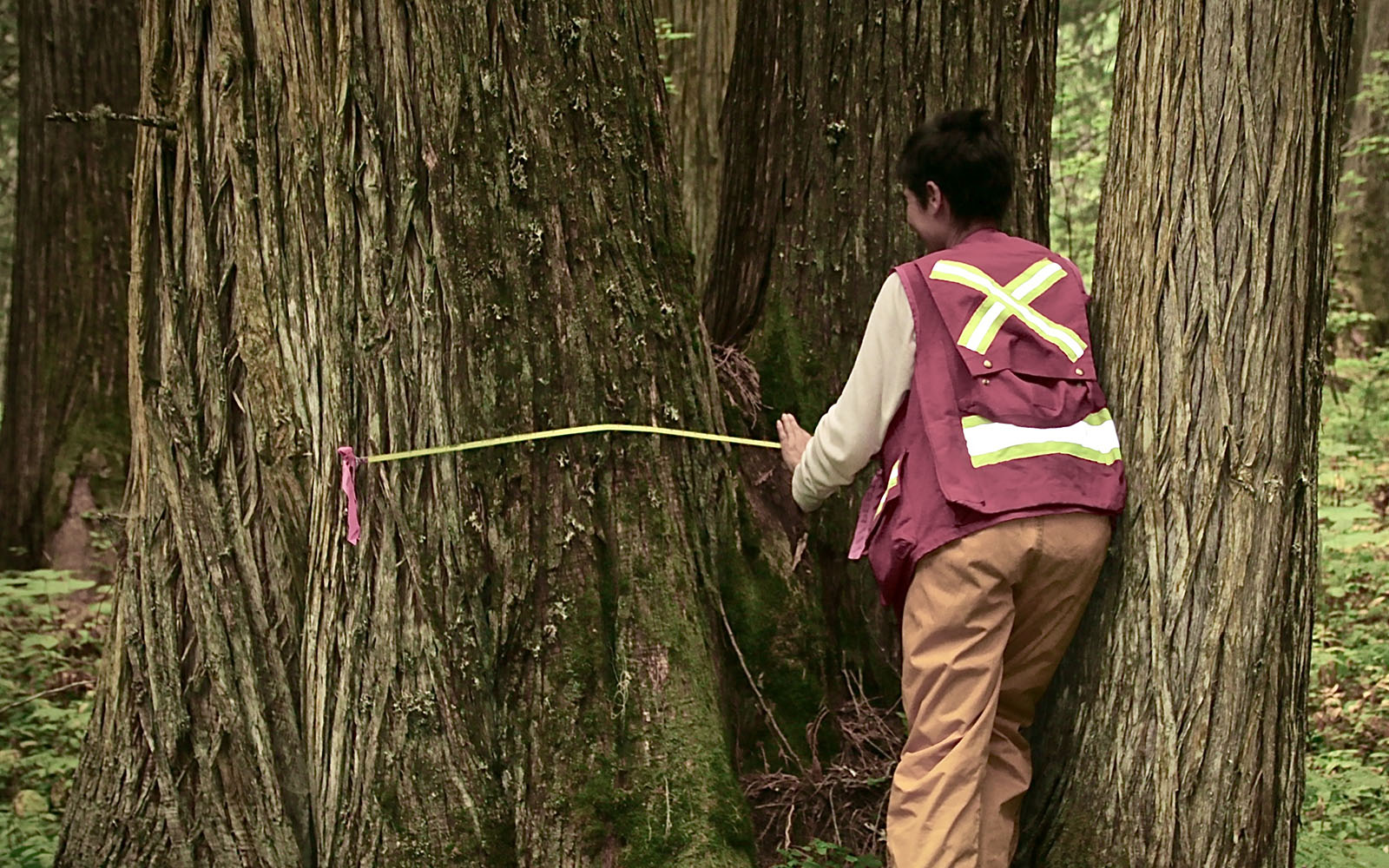Primary forests are spatially diverse terrestrial ecosystems with unique characteristics, being naturally regenerative and heterogeneous, which supports the stability of their carbon storage through the accumulation of live and dead biomass. Yet, little is known about the interactions between biomass stocks, tree genus diversity and structure across a temperate montane primary forest.
Our research investigated the relationship between tree structure (variability in basal area and tree size), genus-level diversity (abundance, tree diversity) and biomass stocks in temperate primary mountain forests across Central and Eastern Europe. We found that the combined effects of genus and structural indices were important for addressing the variability in biomass across different spatial scales.
The interactions of biotic and abiotic factors that creates heterogeneity in forest composition enable accumulation of large stable carbon stocks in the ecosystem. We emphasise the importance of assessing carbon stock, which is often understudied, in favour of carbon flows and ecosystem productivity. Climate change presents multi-faceted uncertainties upon ecosystems globally, which could threaten the stability of primary mountain forests. Understanding the current state of these forests offers a deeper insight into the processes that facilitate forest development, benefiting carbon storage and biodiversity.
Quantifying biomass carbon stocks in primary forest ecosystems is crucial to better evaluate the ecological and functional processes without direct impacts from human activities. Therefore, protecting primary forests is paramount to ensure their future security and ability to maintain large carbon stores that contribute to climate mitigation.
Article authors
Heather Keith
Additional authors
Dheeraj Ralhan, Ruffy Rodrigo, Annemiek Irene Stegehuis, Jakob Pavlin, Yumei Jiang, Miloš Rydval, Juliana Nogueira, Alexandre Fruleux, Marek Svitok, Martin Mikoláš, Daniel Kozák, Martin Dušátko, Pavel Janda, Oleh Chaskovsky, Cătălin-Constantin Roibu, and Miroslav Svoboda.
Reference
Ralhan, D., Rodrigo, R., Keith, H., Stegehuis, A. I., Pavlin, J., Jiang, Y., Rydval, M., Nogueira, J., Fruleux, A., Svitok, M., Mikoláš, M., Kozák, D., Dušátko, M., Janda, P., Chaskovsky, O., Roibu, C.-C., & Svoboda, M. (2024). Tree structure and diversity shape the biomass of primary temperate mountain forests. Forest Ecosystems, 11, 100215. https://doi.org/https://doi.org/10.1016/j.fecs.2024.100215


